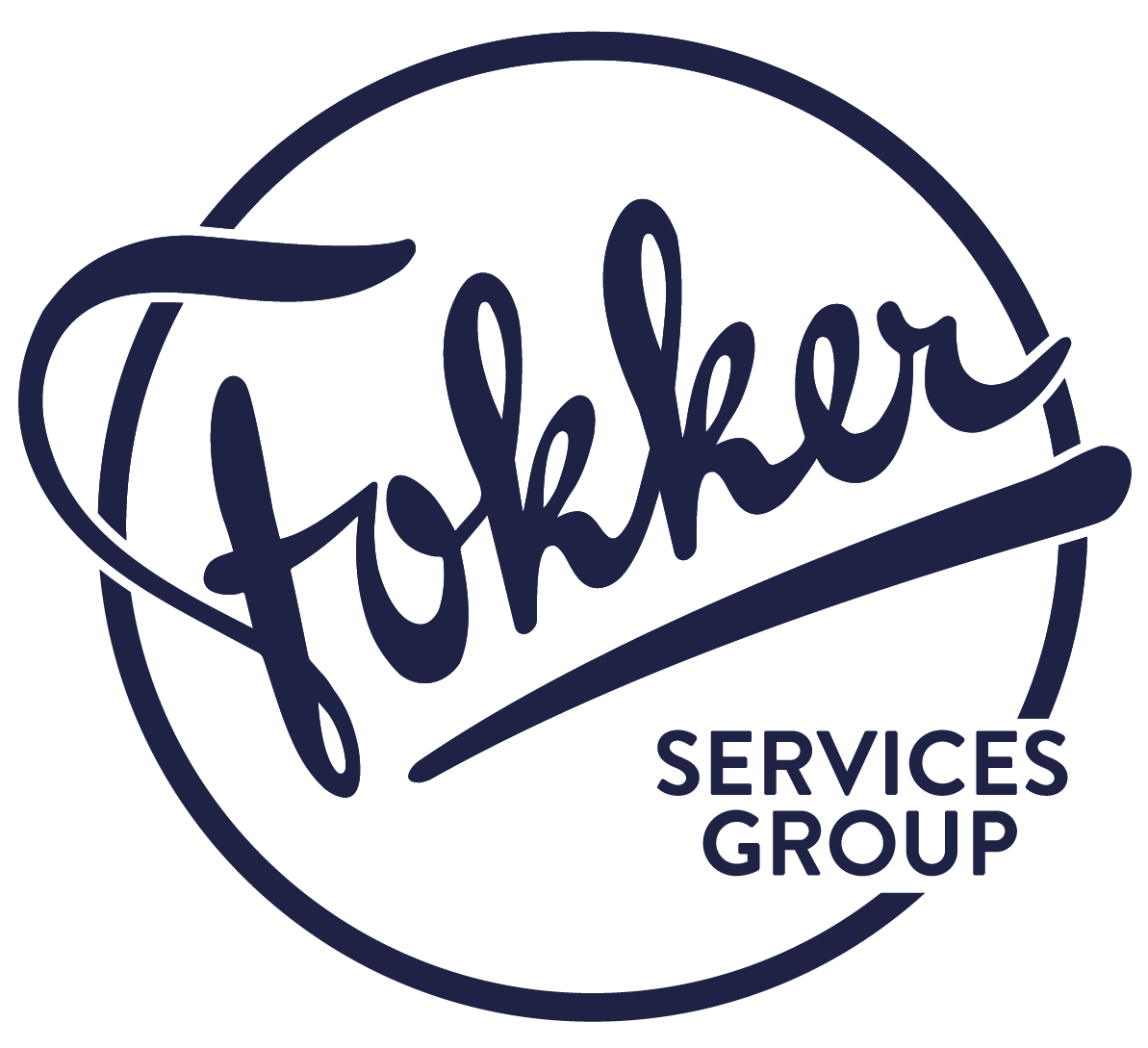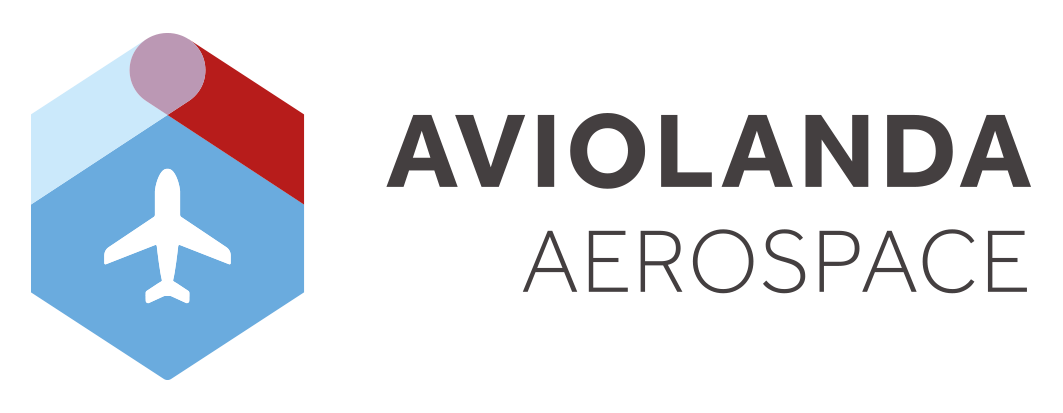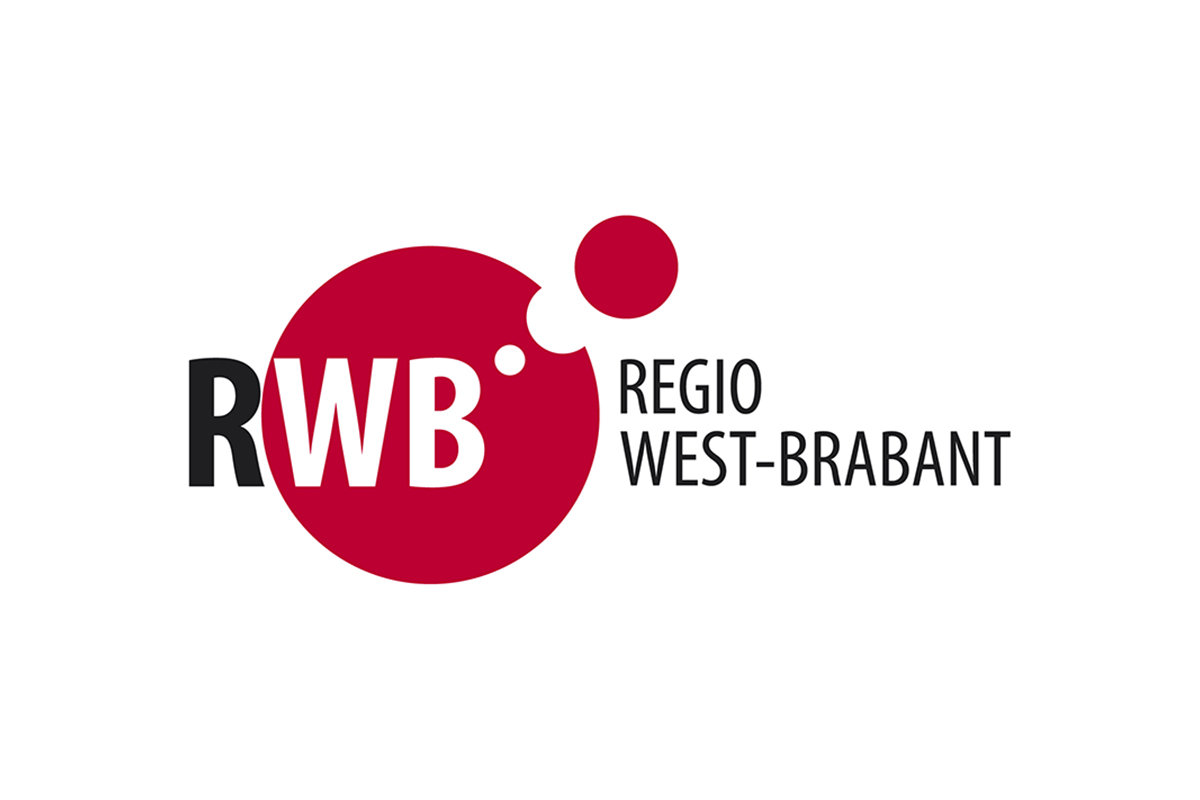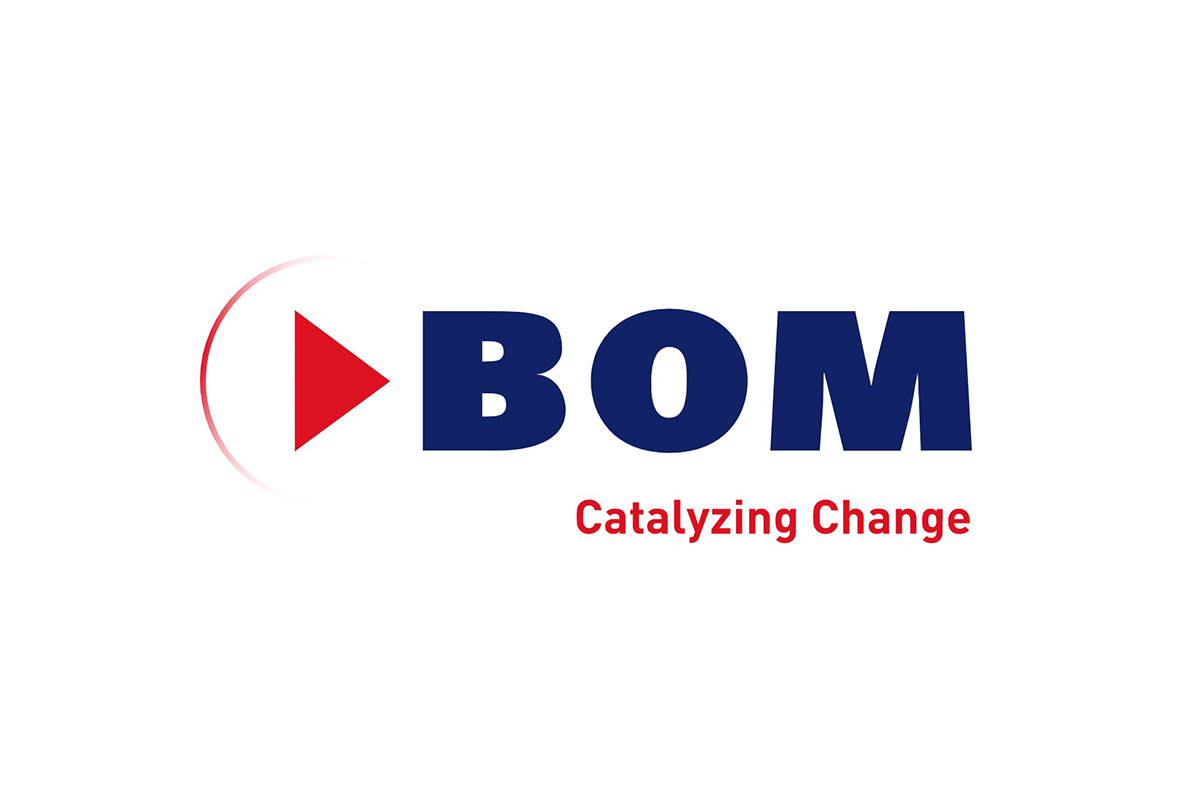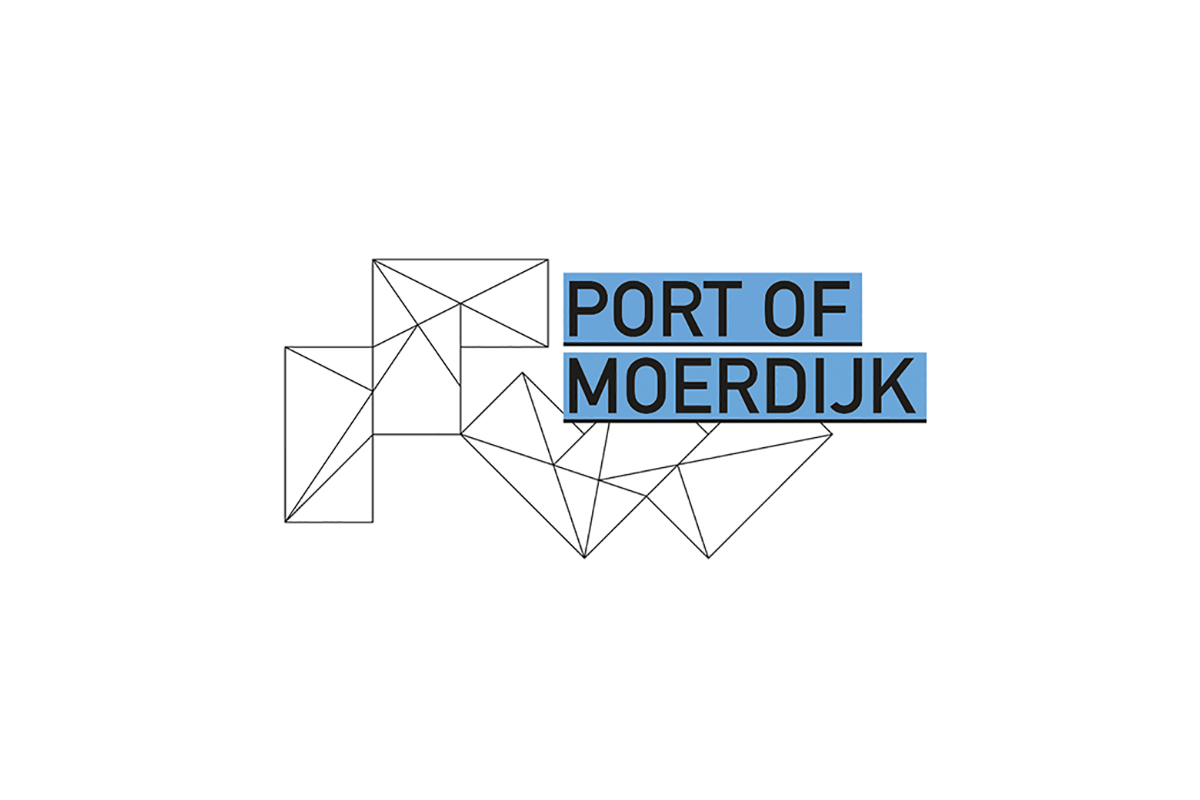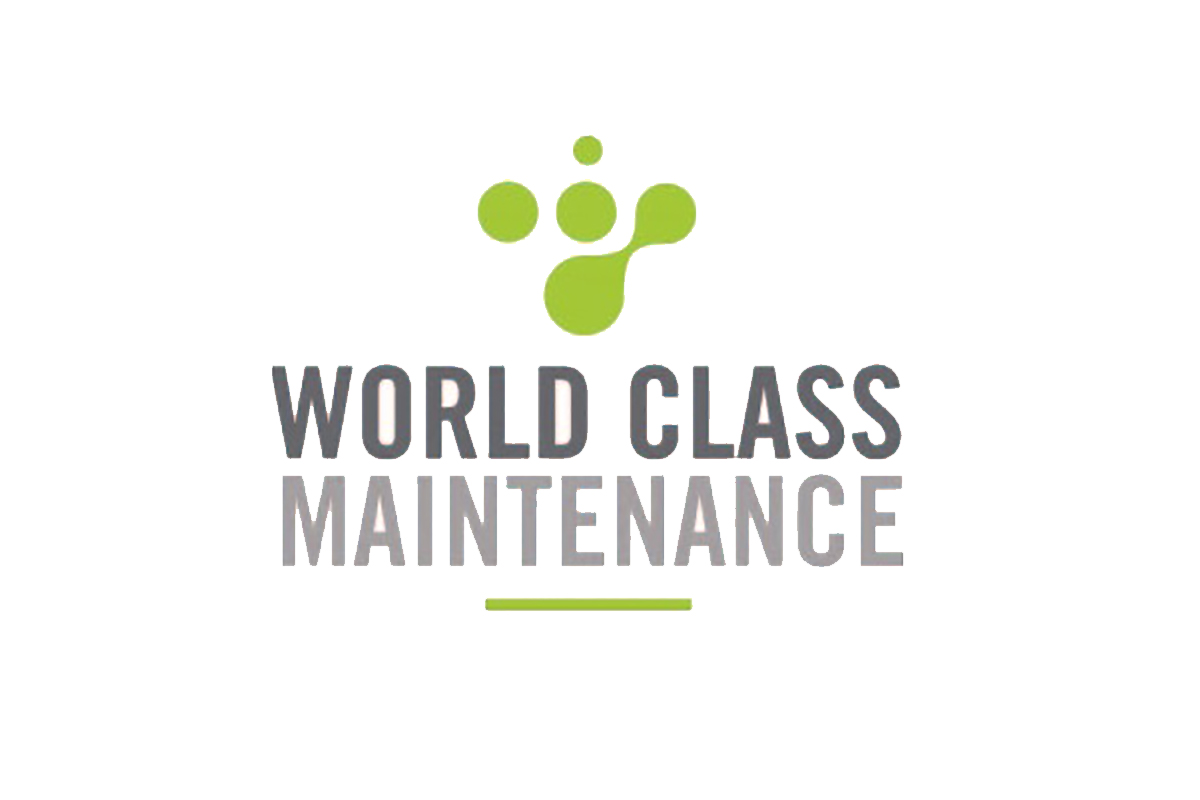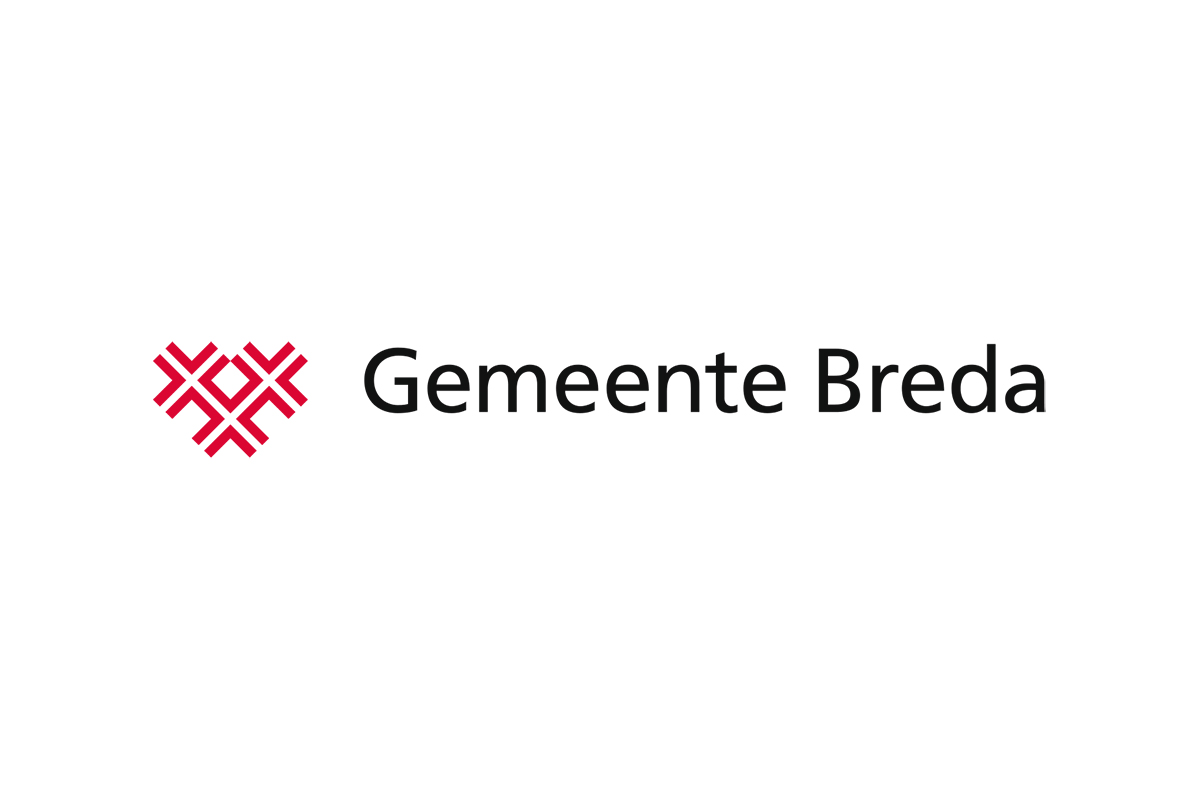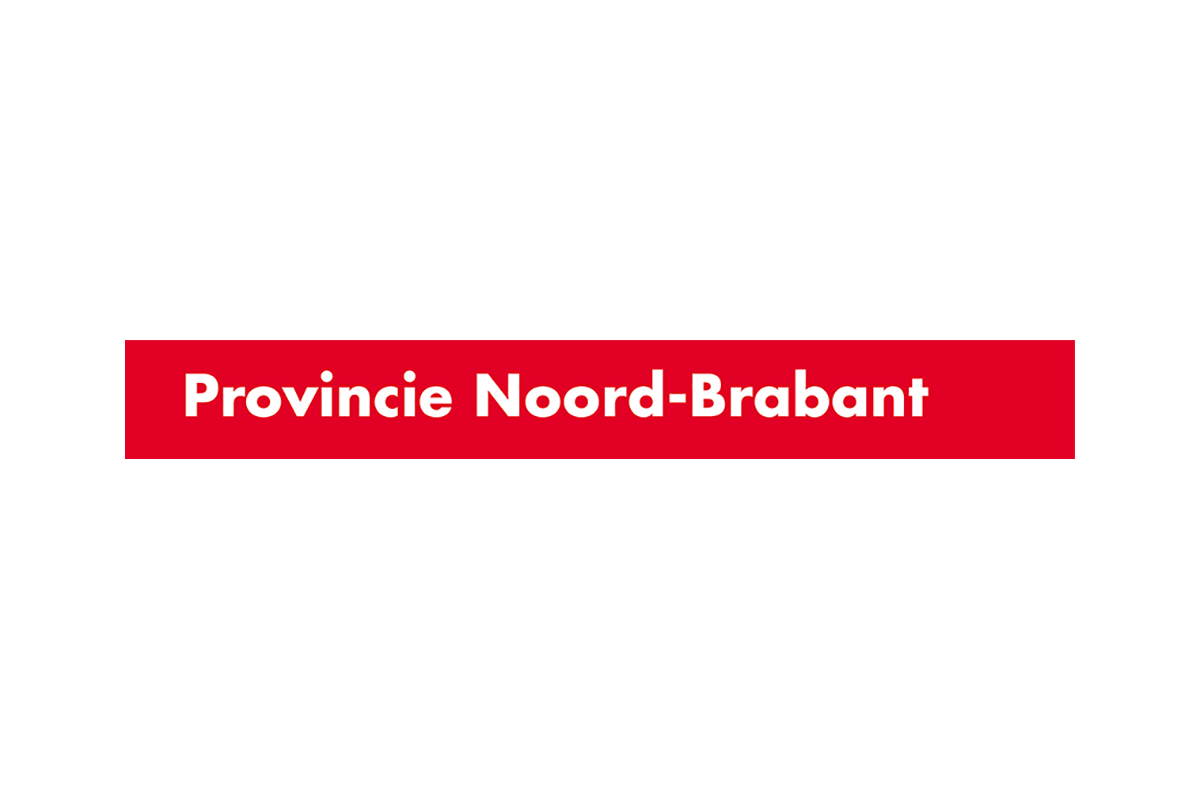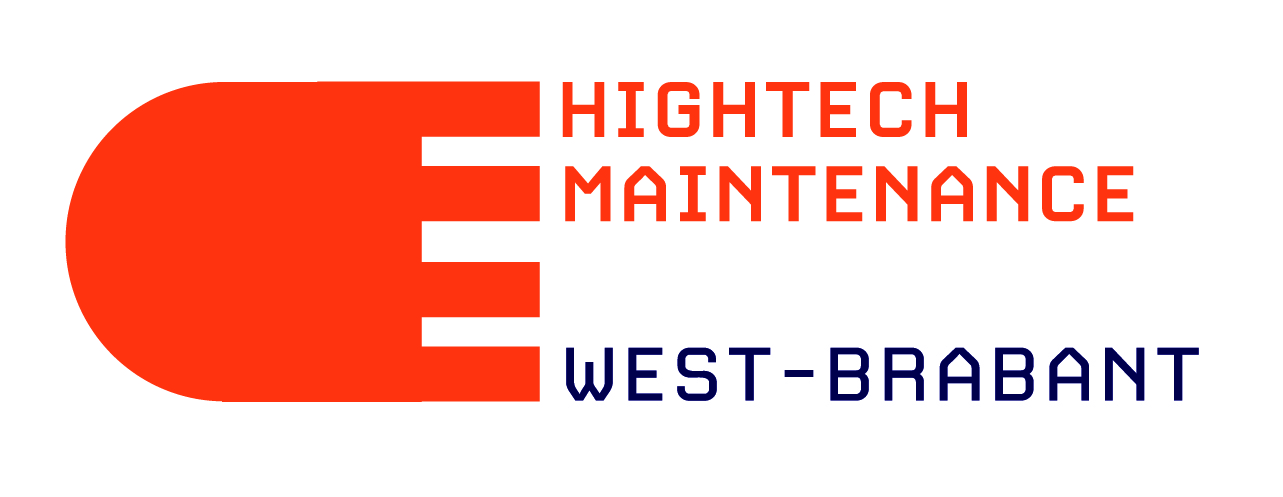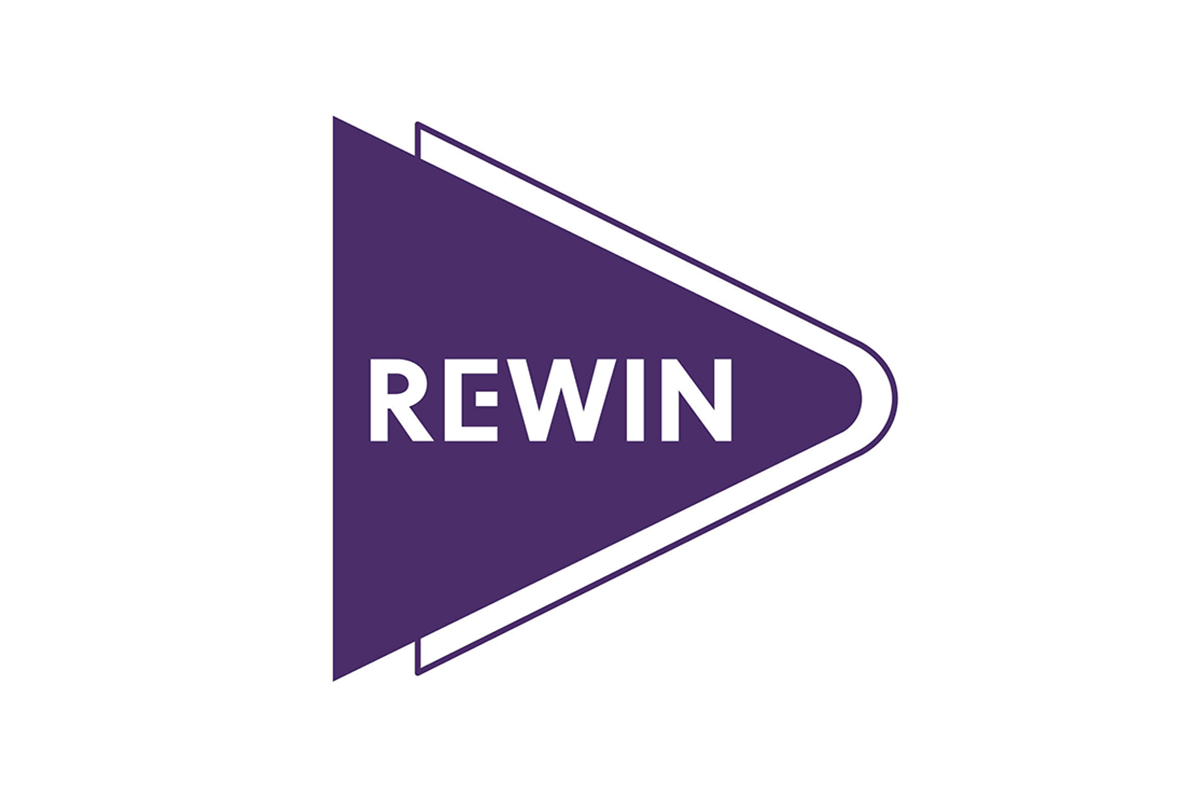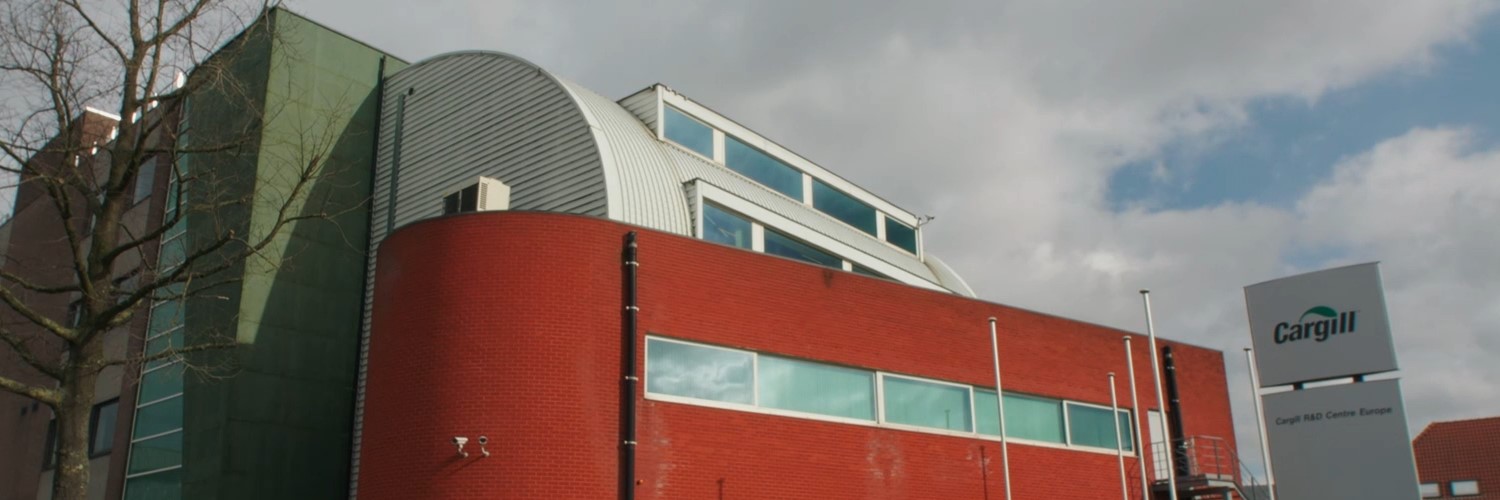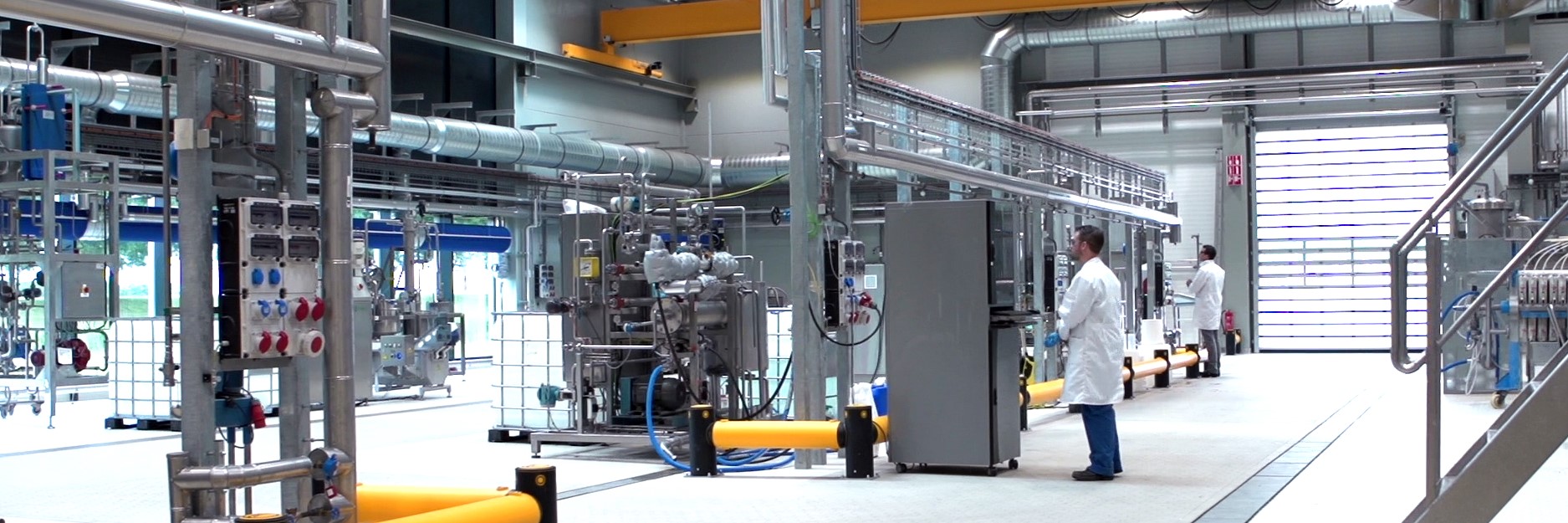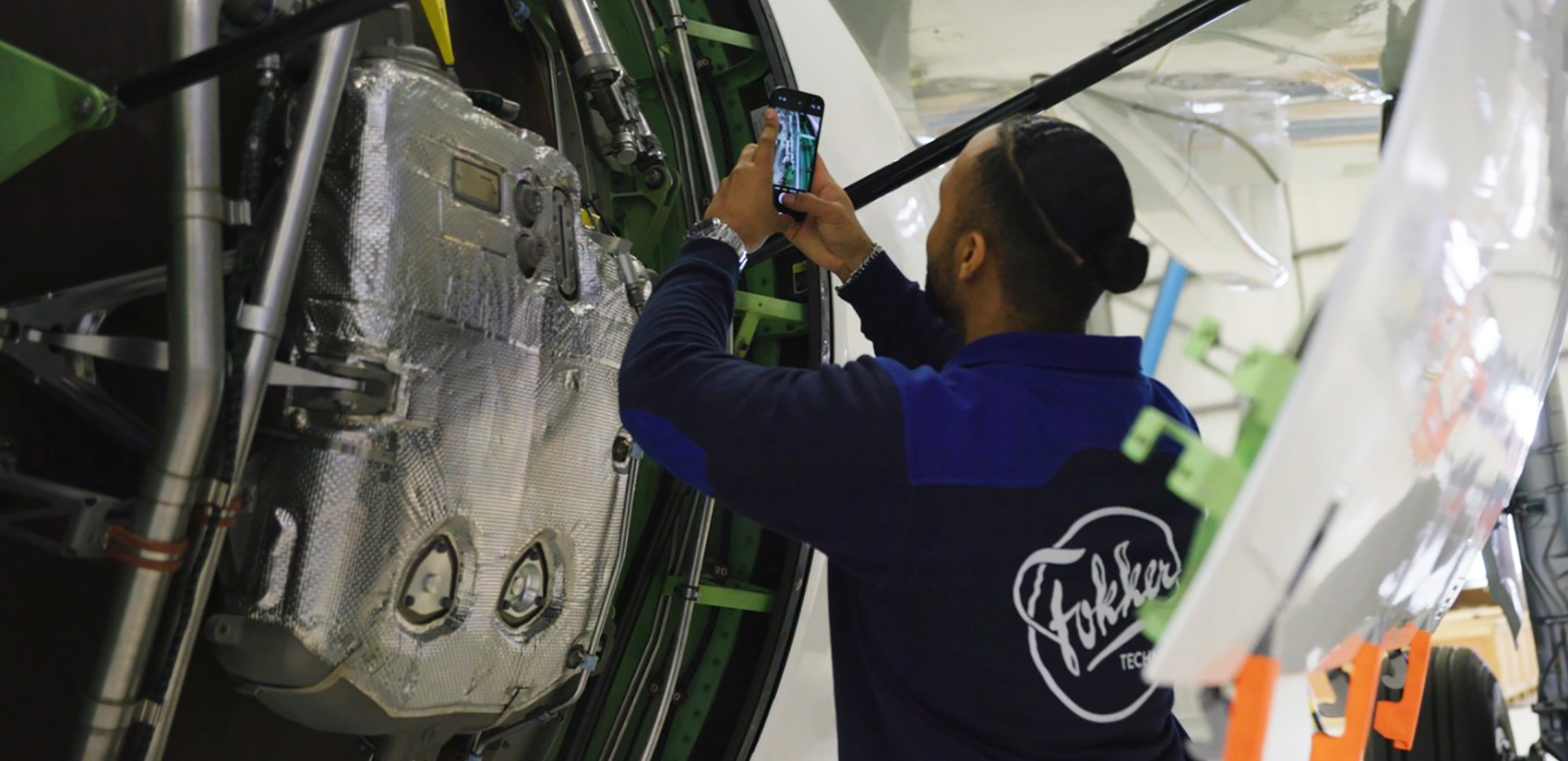How can we efficiently and safely remove dismantled aircraft seats from the aircraft, store them in the hangar so as to take up as little space as possible and then return them to the aircraft?
In other words: Can you make the process of switching seats in and out of aircraft safer and more efficient by improving logistics?
Before maintenance on an aircraft can begin, the aircraft must first be completely emptied after it arrives in the hangar. This also involves dismantling, removing and storing seats, before finally replacing them after maintenance. This process is currently inefficient and time-consuming, as well as occasionally leading to unsafe situations. With this challenge, we want to remedy this issue.
The challenge consists of three core tasks that require a single integrated solution: (1) the efficient and safe removal of dismantled aircraft seats from the aircraft, (2) the storage of the seats in or near the hangar without them being in the way, and (3) the efficient and safe return of the seats to the aircraft. These tasks are not part of our core business and are a very costly affair. Moreover, this is a problem that affects the whole sector, all over the world. (1) The efficient and safe removal of aircraft seats from the aircraft Aircraft seats are manually dismantled per set, with each set consisting of two (30kg) or three (50kg) interconnected seats. Dismantling the seats is not part of the challenge, as there is already a safe and efficient process in place. The aircraft seats must then be removed from the aircraft, which is currently done in three ways, depending on the situation:
- Via an aircraft door, four sets of chairs are transported to the hangar floor by a large forklift truck carrying a platform. This is done manually and is unsafe. Moreover, it is difficult to manoeuvre a large forklift truck amidst the hustle and bustle in the hangar, as well as the expensive aircraft present there.
- The aircraft seats are brought to the front of the aircraft and then manually removed from the aircraft via aircraft steps. This is unsafe and takes a lot of manpower.
- Scaffolding is built from the front of the aircraft to a mezzanine in the hangar. The aircraft seats are brought to the door at the front of the aircraft and transferred to the mezzanine via the scaffolding. From there, the seats are put in an elevator, which can fit approximately three sets of chairs at a time. This is a time-consuming process that cannot be performed at all times or in any hangar.
On the ground floor, an employee manually logs each seat. Moving the seats within the aircraft and transferring them from the aircraft to the hangar floor via the aircraft steps is very labour-intensive. An aircraft contains an average of 270 seats and the entire seat removal process takes about 1,000 man hours per aircraft. Carrying the chairs down the steps by hand and manoeuvring them through the hangar with a large forklift truck can create dangerous situations. Due to the height differences between the aircraft doors, we only use one door when emptying the aircraft, which significantly slows down the process. After the seats are removed from the aircraft, they are initially deposited next to the aircraft on the hangar floor. However, there is little space around the aircraft, which significantly limits freedom of movement for other activities. (2) Storing the chairs in or near the hangar without them being in the way Because the seats must stay as close to the aircraft as possible to save time, the seats are currently moved to the side of the hangar one by one, where they are set side by side. The sets of seats cannot be stacked due to their size, although the hangar is high enough to allow for this (approx. 20 metres). Currently, seat storage takes up a lot of scarce space that could be better used for other activities. There are two possible situations:
- The same seats are reinstalled in the aircraft. In this case, the seats spend the entire maintenance process on the hangar floor (4 weeks on average).
- New seats are installed in the aircraft after maintenance. Generally speaking, the new seats are delivered before the old ones are collected, which means we have to store twice the number of seats. Sometimes, clients can take five weeks or more to collect their seats. In some cases, seats are stored off-site.
In both situations, nothing happens to the seats during storage (e.g. no repairs). (3) Efficiently and safely returning the seats to the aircraft The process of reinstalling the seats is very similar to the removal process. Each set of seats is manually carried into the aircraft using a forklift truck, aircraft steps or scaffolding, after which they are put in place and assembled. This is also a very labour-intensive process that can lead to the same potentially dangerous situations as the removal process. In summary, dealing with aircraft seats is an inefficient, labour-intensive, time-consuming, potentially unsafe and costly process. It is not part of our core business, but it has to be done for every aircraft we work with.
What are we looking for?
Although the challenge consists of several distinct core tasks, these tasks are interlinked. The proposed solution should therefore make removing the aircraft seats from the aircraft, storing the seats in the hangar and returning the seats to the aircraft more efficient, faster and safer. Although we are looking for a single integrated solution, we invite any party that can offer a partial solution to apply. We believe that multiple parties from different disciplines can collaborate to achieve an integrated solution. The solution must meet the following criteria (must haves): (1) The efficient and safe removal of aircraft seats from the aircraft and (3) The efficient and safe return of the seats to the aircraft
- Rather than having employees manually carry down seats via steps, they must be able to hand over the seats to ‘the solution’ directly at the door or on the aircraft. When returning the seats to the aircraft, the seats must be handed over straight to employees at the door or in the aircraft, rather than having them carried up manually by employees.
- The solution must be movable, so that it can be used with multiple aircraft doors.
- The solution must be able to reach different heights, as different types of aircraft have quite different door heights.
- The solution should be quite compact and mobile, so that it can easily and carefully manoeuvre past three aircraft in the hangar. There is not a lot of free space around each aircraft, although there is room for aircraft steps of approx. 4 metres.
(2) Storing the chairs in or near the hangar without them being in the way
- The solution must transport the seats directly to the storage area without first having to set them down next to the aircraft on the hangar floor (for a long time).
- There is plenty of storage space in hangars, which are approximately 20 metres high and 20 metres wide. However, because there can be little clearance between an aircraft’s wings and the wall, storage space is available at approximately 6 metres from the ground, right up to the ceiling (at 20 metres). There is also a ceiling-mounted crane that spans the entire width of the hangar. This equipment cannot be modified and must be taken into account.
- The chair sets are unstable due to their legs. Currently, they are bolted to pallets for storage. The solution must therefore also provide the necessary stability.
- The seats should not be stored on the hangar floor due to due to space limitations.
The following criteria would improve the value of the solution, but are not priorities (nice to haves):
- The solution for removing the aircraft seats from the aircraft and returning them should preferably move as many seats as possible at once for greater speed and efficiency.
- Although it is beyond the scope of this challenge, Fokker would like to simplify the seat logging process.
The solution will be used for Economy Class seats, not for First Class seats. The solution does not need to take into account any aviation-specific laws and regulations, other than the normally applicable (safety) regulations. The challenge involves handling of large bulk goods. Companies in the logistics sector (e.g. furniture manufacturers) face similar problems and may have already found a solution.
What are we NOT looking for?
We are looking for an integrated solution that solves the three constituent components of the challenge. We are not looking for parties who can only offer a partial solution and are unable or unwilling to cooperate. We have previously tried other solutions, such as the aforementioned platform on a large forklift truck. Employees would stand on the platform, causing life-threatening situations. We also experimented with a flatbed that can raise cargo up to the aircraft (similar to loading an aircraft), but this took up too much space around the aircraft. We are not looking for solutions that require modifying the aircraft, as this would drastically limit their compatibility with existing aircraft and therefore diminish the usefulness of the solution. We do not believe that a robotic solution will prove suitable. The process of removing aircraft seats from the aircraft, storing them and returning them has not yet been sufficiently crystallised, which can make it overly complicated and probably too costly. We expect a mechanised solution to be a better fit, but would love to be surprised!
What’s in it for you?
A pilot budget of at least €10,000 will be made available for developing and testing the solution, supplemented by a voucher of up to €10,000. After a successful pilot, an appropriate budget for the further development of the solution will be determined in consultation. We estimate that a well-functioning integrated solution can deliver cost savings of €25,000 – €50,000 per aircraft. On average, we service around 100-150 aircraft per year, so there is plenty of room for investing in a sound solution. The solution provider will be able to test the solution in a one-hangar pilot. We are happy to work with the solution provider or providers by sharing information, location, facilities and manpower. After successful testing, we plan to implement the solution in the other two hangars on our premises. The next step is to also implement the solution in other Fokker Services Group locations (e.g. in Singapore), presenting tremendous opportunities for upscaling. Moreover, these opportunities are not limited to our company alone. This is a sector-wide problem that exists all over the world. If we have a solution that works, there is a clear path to other companies. With every aircraft we service, new customers come to visit us. If they encounter a good solution, they will likely recommend it to others. We can also help parties approach industry contacts.
How can the SynchUp! challenge program benefit you?
- An innovation contract with a launching customer/partner!
- Funding (€10,000 vouchers, to be spent in the regional ecosystem for e.g. testing, lab and demo facilities, IP consulting, etc.)
- Coaching and counselling
- A stage and free publicity
- Knowledge and contact with experts
The challenge program
SynchUp! is an initiative of REWIN West-Brabant. Aviolanda, BOM, Port of Moerdijk, municipality Breda and the Provence Noord-Brabant are involved as partners for the challenge program. Together we aim to provide innovative entrepreneurs and startups the possibility to create and develop their idea/product and to put this on the market. This supports the common goal: to accelerate innovations and transitions and strengthening the ecosystem.
Conditions of participation
- The solution provider need not be familiar with the aircraft or aircraft maintenance market. They should preferably have experience with similar challenges in other markets, e.g. in logistics.
- We are not looking for a consultancy agency or research institute, but for a party that can provide creative input to help solve this issue.
- The solution provider must be able to carry out a pilot in Woensdrecht.
- It must be possible to implement the solution within two years.
Your pitch (max 6 pages / 18 slides)
Concept description: Describe your concept in as much detail as possible. Pilot description: Please provide a brief description of what it will take to prototype and/or pilot and what you will need from us to do so. Team description: Provide a brief description of the company and team that plans to work on the pilot. There are no formal requirements for the pitch (presentations, slide decks & letters are all allowed), apart from the fact that it must be uploaded as a PDF file (A4, landscape or portrait) with a max. size of 30MB. Videos, example websites and so on can be included as links.
Timeline Challenge
- 14 Sept ’22 – 12.00 CEST: Challenge launch – open for applications from 12.00 CEST
- 3 Nov ’22 – 17.00 CEST: Challenge deadline – sign up no later than 5 pm
- 18 Nov ’22: Longlist announced – A longlist of start-ups/scale-ups that are invited to meet the challengers is announced
- 28 Nov – 2 Dec ’22: Digital introduction meetings with challengers & participants + information session about confidentiality and IP
- 6 Dec ’22: Shortlist announced based on outcome of meetings – A shortlist of start-ups/scale-ups that will be given the opportunity to work on an innovation contract is announced
- 12 – 16 Dec ’22: Make schedule & working agreements + coordinate NDA if necessary
- 19 Dec ’22 – 10 Mar ’23: Challenge weeks – sessions with challengers, participants & coaches to arrive at an innovation contract
- 10 Mar ’23: Apply for vouchers – submit draft innovation contract + apply for vouchers
- 17 Mar ’23: Vouchers awarded – submit final innovation contract + vouchers are awarded
- 30 Mar ’23: Matchevent – celebrating the innovation contracts and partnerships + handing out the vouchers
Questions?
If you have any questions about this challenge, please head to the contact options below. For more information about the challenge program, click here.
Background information
Fokker Services Group is a global independent service provider for aircraft. Fokker Services Group provides tailor-made solutions for regional, commercial and military aircraft. It has headquarters in the Netherlands, America and Asia. Fokker Techniek is part of the Fokker Services Group and is based next to Aviolanda military airbase in Woensdrecht. We have six aircraft maintenance spaces as well as our own paint shop. Fokker Techniek’s activities include aircraft and aircraft part maintenance and repair. We also convert aircraft to VIP aircraft and Special Mission aircraft. With more than 100 years of experience in the aircraft industry, Fokker Techniek specialises in heavy maintenance and lease takeovers. At Fokker Techniek, we enjoy working with innovative companies and investing in innovation. We recently renewed our runway and are currently building a new, large hangar to better serve our customers.

